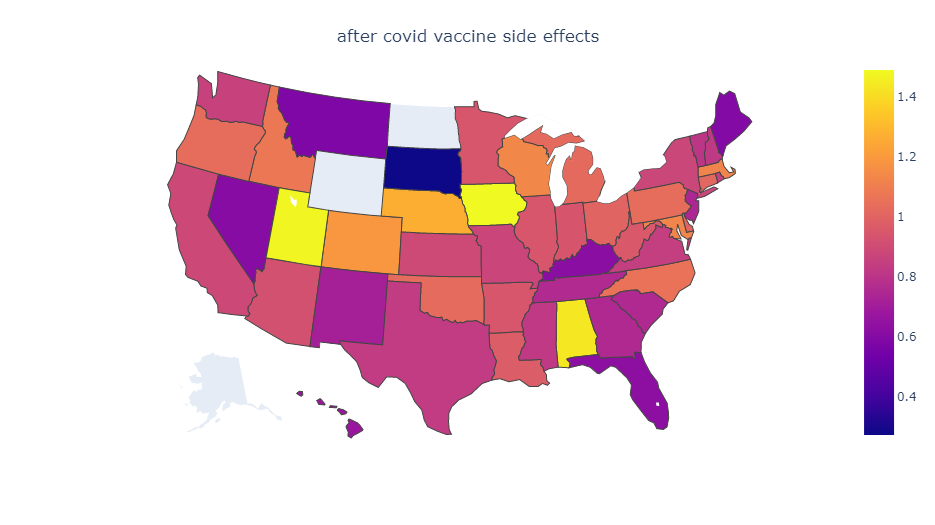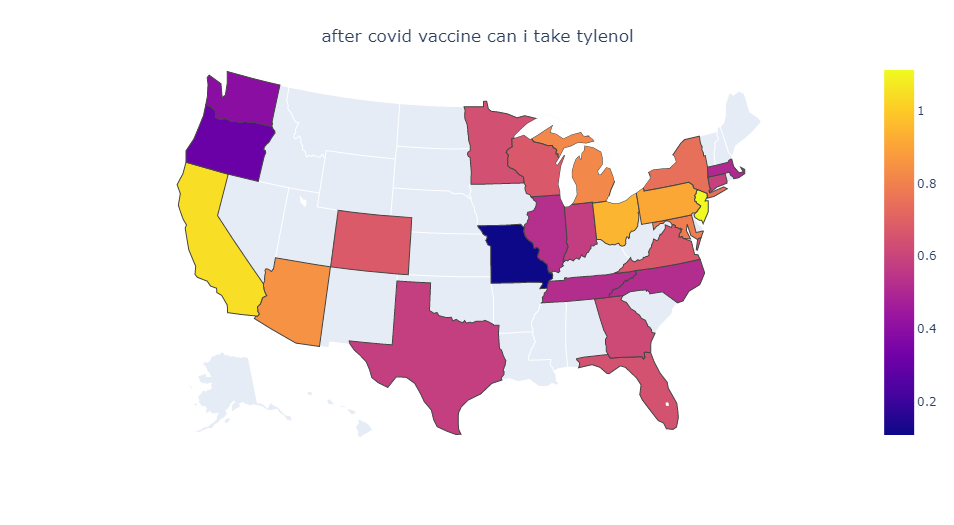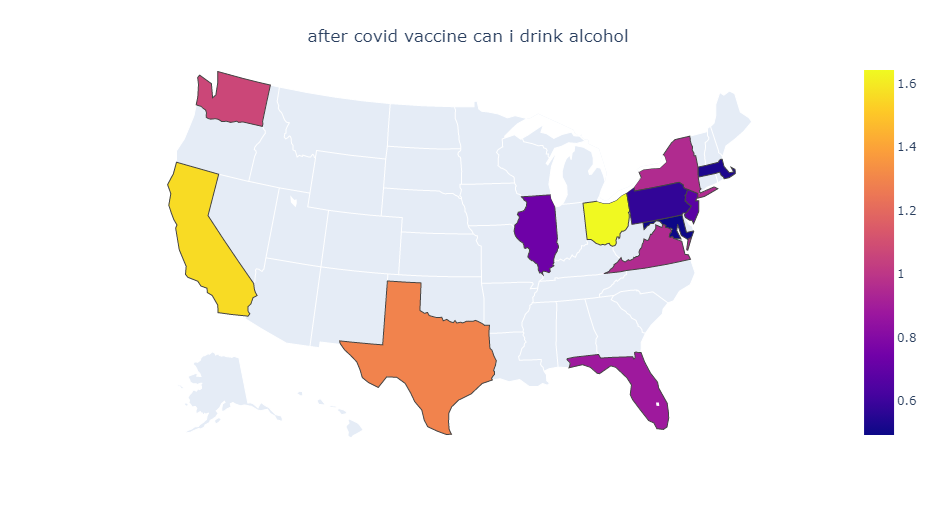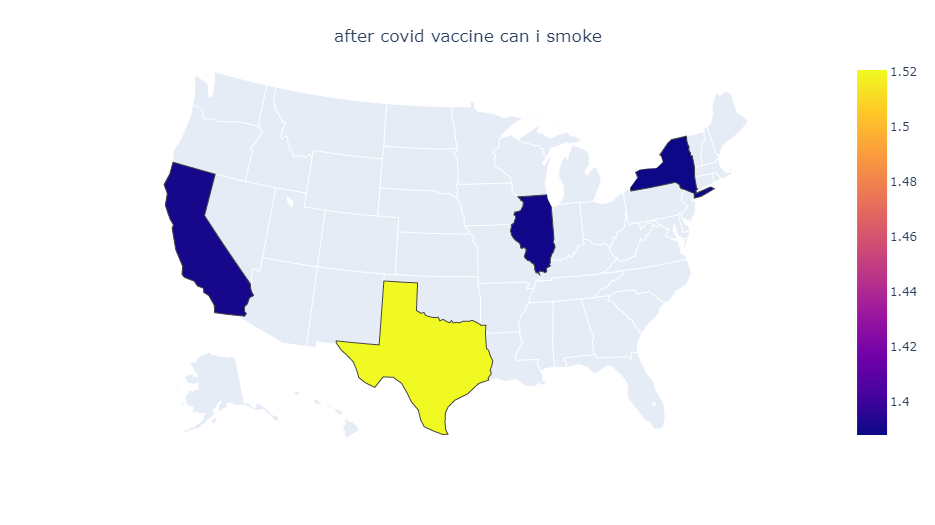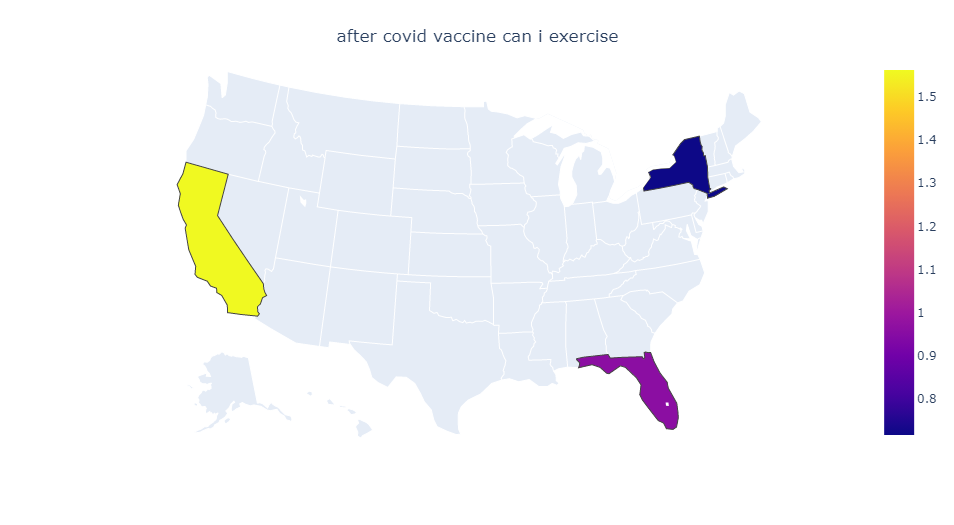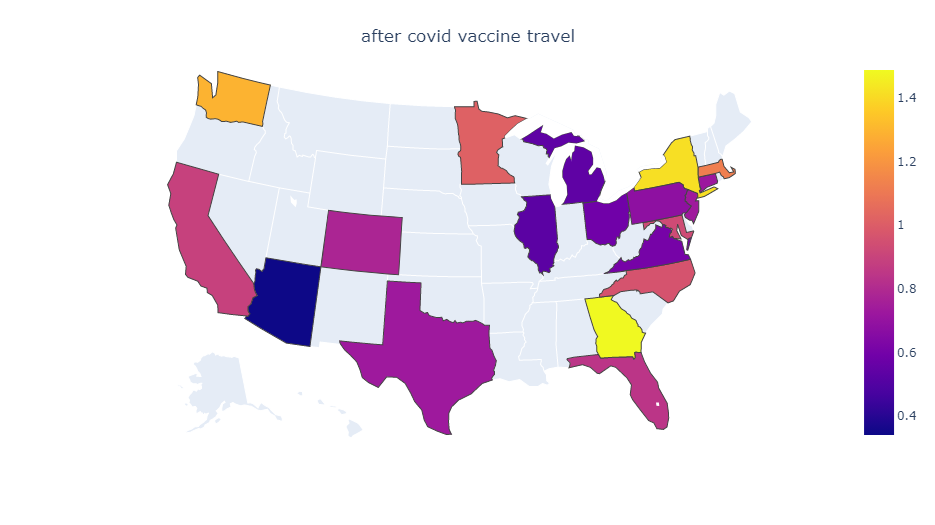Over the past couple of years we’ve seen several unusual (to say the least) methods for treating COVID19, ranging from anti-malaria drugs to Yoga. Some of us may recall bleach as another idea suggested by then-president Trump, but he didn’t actually suggest it.
One of the more recent ideas was to repurpose an anti-parasitic medication, Ivermectin, to treat COVID19. This drug is licensed for use in both humans and livestock, leading to the derogatory “cow dewormer” moniker. The evidence for effectiveness of this drug came initially from lab studies, but doses were far greater than approved for human use.
Several randomized controlled trials followed, with the most recent meta-analysis finding an interesting outcome: Studies in some countries outside the US found the drug to be effective, while those conducted in the US did not. It may be that in countries where parasitic infections are common, treating these infections helps people defeat COVID19, but it doesn’t help those who don’t have it.
Nevertheless, some media channels and politicians recommended using the drug, and if you believe recent media stories, many people decided to use ivermectin rather than chose the more effective solution and vaccinate against COVID19. It seems that overdoses of the drug became more common.
However, I wanted to see, how many people were really interested in ivermectin, compared to the vaccine?
As usual, I looked at Google trends data (at the state level) for Ivermectin, Hydroxychloroquine, and the COVID19 vaccine. The volume of searches for ivermectin is negatively correlated with interest in the vaccine during 2021. However, there is no such relationship for hydroxychloroquine. In the graphs below the axes are search volumes.


Second, interest in ivermectin is small compared to interest in the COVID19 vaccine, even in the states where it had the highest search volume. Below are figures for the entire USA and for Oklahoma.


I tried to see if the voting results for the presidential elections in 2016, 2020 and the current governor of each state were a predictor of the search volume for the vaccine or for ivermectin. The most predictive factor for the 2016 election results is interest in vaccination. The accuracy of the prediction is very high (Area Under the Receiver Operating Curve of 0.91), meaning that more interest in the vaccine correlated with voting for a democrat in the 2016 elections. Outcomes of the 2020 elections are much harder to predict using interest in the vaccine (AUC=0.64).
Interest in hydroxychloroquine doesn’t predict election results, but search volume for ivermectin, and even better the ratio of search volume for ivermectin to the volume for vaccine predicts the 2016 election results (AUC=0.86). Here higher ratios of ivermectin to vaccine searches predict a vote for Trump.
What do all these findings show?
To me, the most interesting finding is that support for former-President Trump is a strong predictor of interest in ivermectin over vaccines. This is somewhat similar to my previous blog post and to a study, about Israeli politics.
As an aside, it seems to me that the ivermectin story was somewhat overblown up by media. Interest (as measured in search engine data) was much lower in actuality.

















